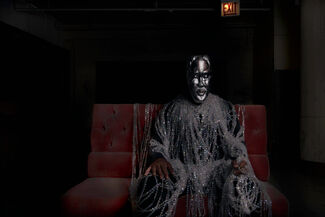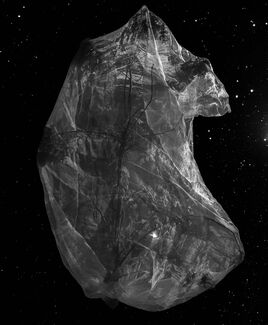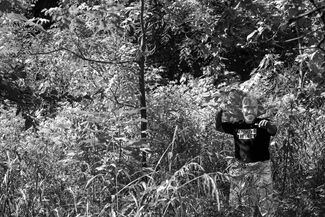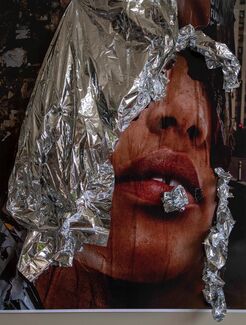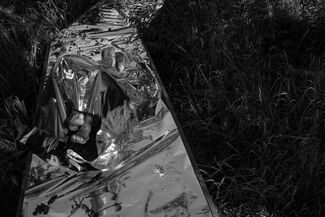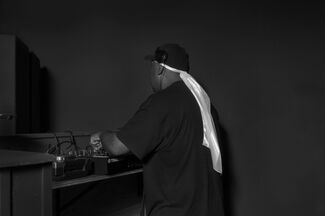

Cecil Mcdonald, Jr., MASK
Cecil McDonald, Jr.
Lecturer
Contact
Bio
Cecil McDonald, Jr. (he/him) is most interested in the intersections of masculinity, familial relations, and Black culture's artistic and intellectual pursuits, particularly as this culture intersects with and informs the larger culture. Through photography, video, and dance/performance, he investigates and questions the norms and customs governing our understanding of each other, our families, and the myriad of societal struggles and triumphs. McDonald studied fashion, house music, and dance club culture before receiving an MFA in Photography from Columbia College Chicago. He currently serves as a lecturer at the School of the Art Institute and as an adjunct professor at Columbia College Chicago.
Awards: Joyce Foundation Midwest Voices & Visions Award, the Artadia Award, The Swiss Benevolent Society, Lucerne, Switzerland Residency, and the 3Arts Teaching Artist Award.
Personal Statement
I am devoted to teaching photography in a manner that moves beyond any narrow definition or perception of photographic practice. I employ interdisciplinary elements of video, sound, installation, and performance related to my interests and goals as an artist and educator. Photography is about the theatricality of life, particularly as the medium(s) intersect(s) with masculinity, familial relations, and Black culture's artistic, political, and intellectual pursuits.
The challenge for the photography student is to subvert the idea of the photograph as a static, flat object, something to be captured rather than created. Students must be encouraged to engage in an interdisciplinary approach to photography. Ideally, photography is the beginning of a deeper exploration that may or may not end with a photograph; a deep engagement with their culture, interest, and a diversity of mediums are the makings of rich works of art. Students must consider themselves as creators and consumers, performers, and observers of culture and judge the implications that abound when we view these roles through a lens-based apparatus and practice.
